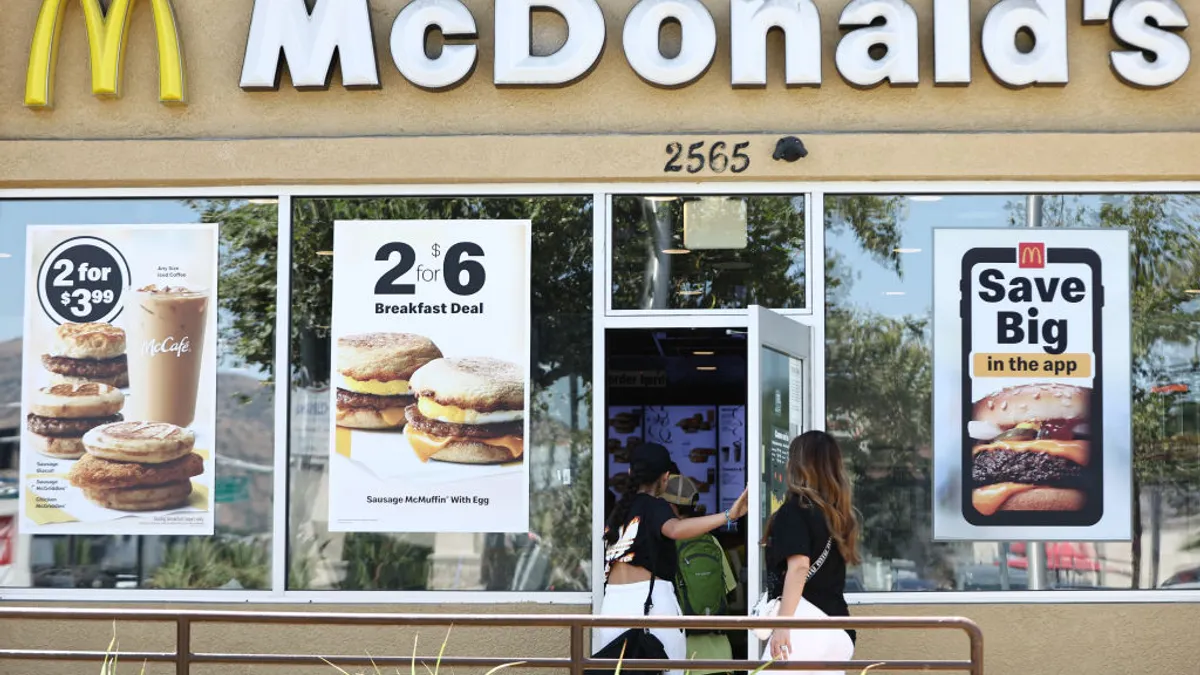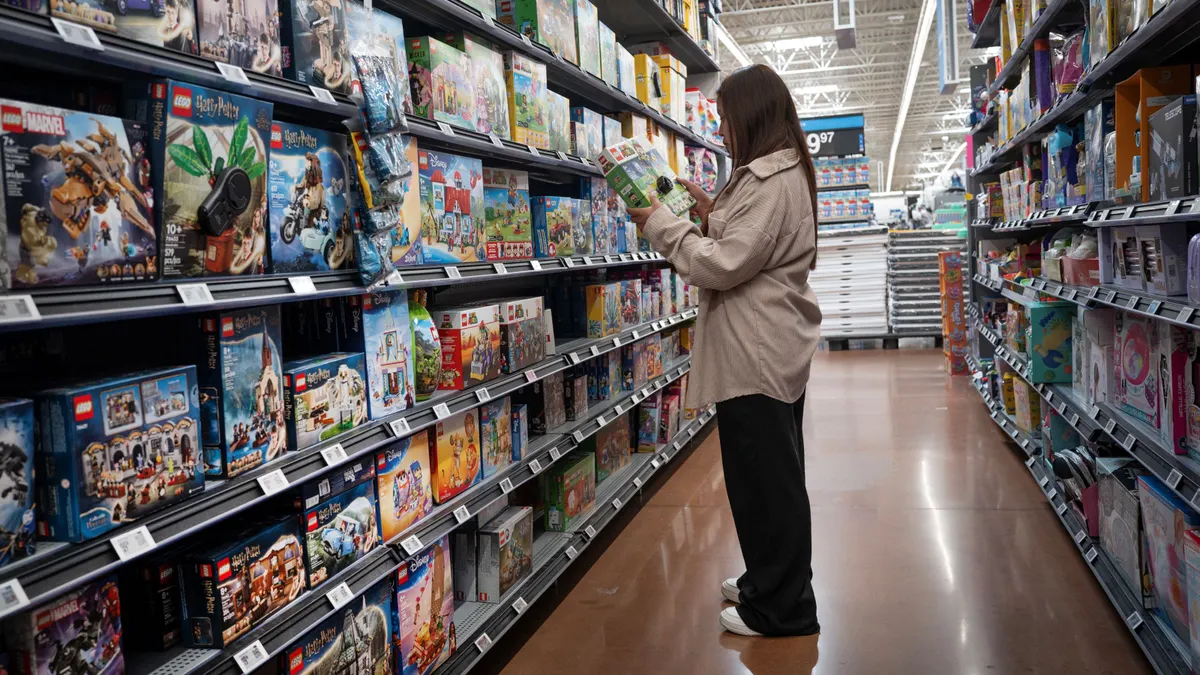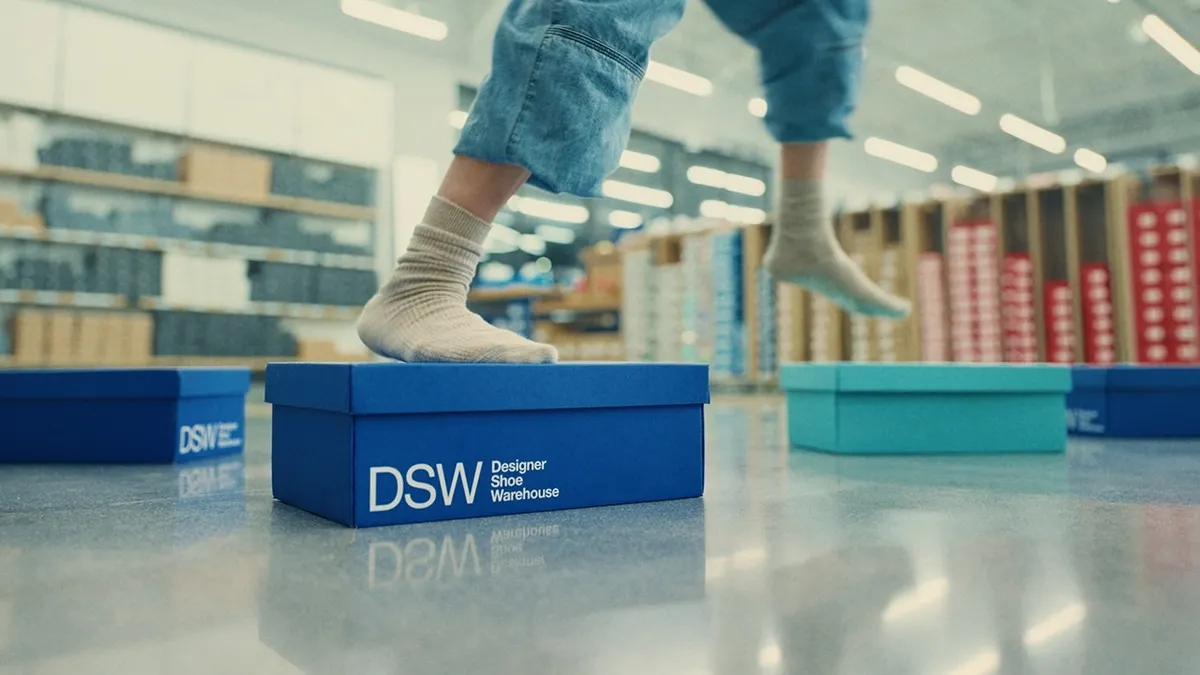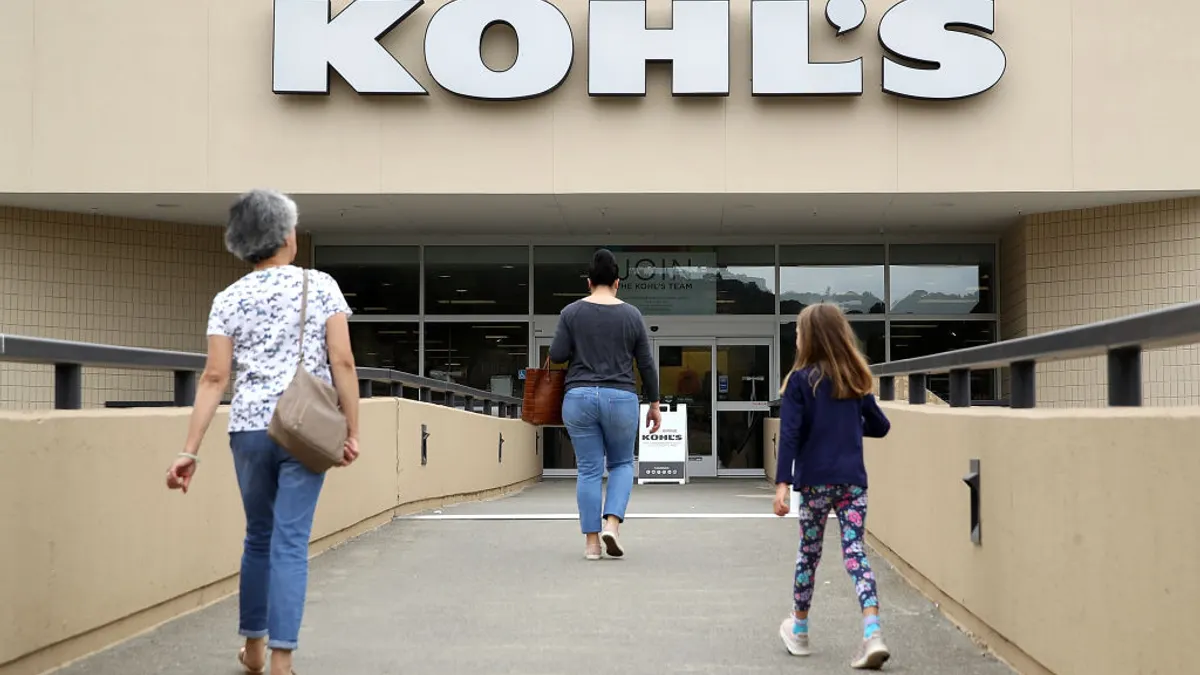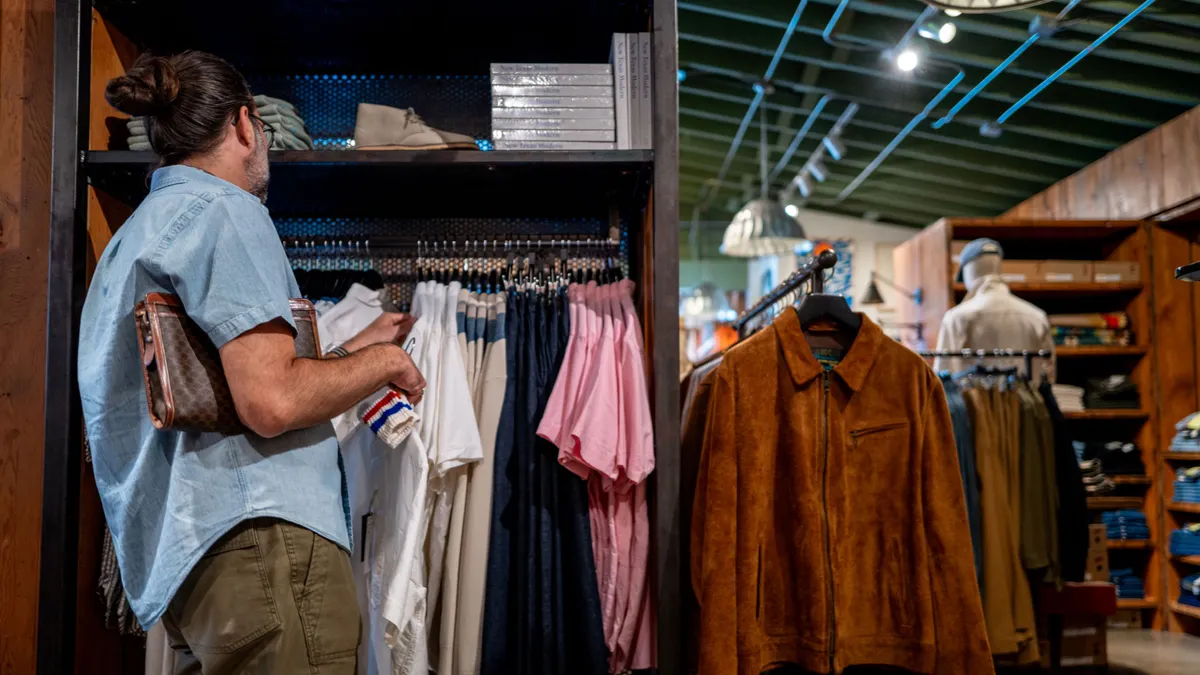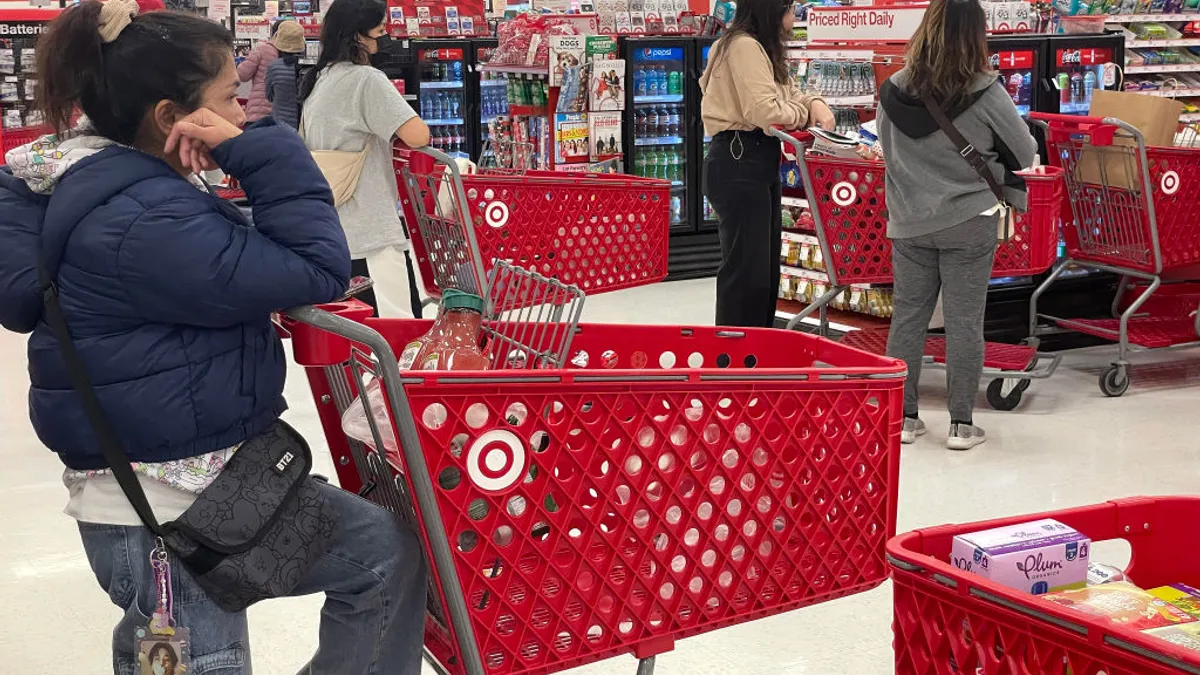The connection between great experiences and repeat visits is top of mind for several major fast food chains, with restaurant leaders highlighting CX as a way to drive traffic during earnings calls earlier this month.
Many restaurants are already feeling the weight of economic anxiety, as consumers pull back spending. In June, 47% of restaurant operators reported lower traffic, according to National Restaurant Association data. That number is up from 42% in May.
As prices rise and consumers tighten their purse strings, quick-service restaurants are looking at their experience as a differentiator that can keep customers coming back.
Research has found that consistent product quality and great customer service are the two most important attributes among consumers’ favorite brands, according to Leah Leachman, senior director analyst at Gartner.
“Folks are thinking about, ‘How am I spending my money?’” Leachman said. “Quality and customer service are things that kind of come up time and time again.”
McDonald’s, Wendy’s and Taco Bell are each emphasizing different ingredients of quality and service as they court customers who might otherwise pull back spending.
Wendy’s focuses on operations
Wendy’s sees a correlation between customer satisfaction and sales growth, and the company is putting an emphasis on “operational excellence” to keep the momentum, CFO and interim CEO Ken Cook said during a Q2 2025 earnings call earlier this month.
“We are focused on delivering an exceptional customer experience, which is a critical step to increasing customer frequency,” Cook said.
Employees have a role to play in Wendy’s plans to improve order accuracy, productivity and hospitality. Early efforts are paying off with improved customer satisfaction scores for both traditional and digital experiences, according to Cook.
Part of the company’s strategy is to simplify promotions and menu programming to focus on a handful of items that teams “can deliver with excellence,” according to Cook. The company is taking lessons from its overcomplicated “100 Days of Summer” promotion this summer.
“This looked great on paper as it had something for everyone,” Cook said. “However, the volume of initiatives made it challenging for our restaurant teams to execute effectively and sent too many different messages to our customers.”
A simplified approach can create a better experience for customers and employees alike, according to Leachman. Companies can eliminate procedures that are getting in peoples’ way to improve consistency.
“Is consumer ordering a mess because they have 15 different permutations of some secret menu that [workers] can't handle?” Leachman said. “How can we adjust that?”
McDonald’s leans into loyalty
Customers who join McDonald’s loyalty program more than double their visit frequency, going from an average of 10.5 trips annually to an average of 26 trips annually as a loyalty member, according to President and CEO Chris Kempczinski.
The company has 185 million 90-day active loyalty users, and it’s shooting for 250 million by the end of 2027, according to Kempczinski.
The restaurant’s app is also helping improve the ordering experience through geofencing, which detects when customers approach the restaurant. In the U.S., restaurants with ready on arrival technology can reduce pickup times by more than 50%, and often eliminate them altogether, according to Kempczinski.
While McDonald’s is focusing on loyalty at the moment, its long-term plans are broader. The restaurant has “a whole pipeline of enhancements that we're going to continue to make on the consumer side in the years ahead that I think are only going to deepen consumers' experience and relationship with McDonald's,” Kempczinski said during a Q2 2025 earnings call earlier this month.
Less can be more for digital platforms as well as operations, according to Leachman. Limiting the number of communications or eliminating messaging that simply isn’t working are ways to make loyalty apps more attractive for customers.
“Sometimes there's this idea that CX always has to be adding bells and whistles, that it has to be added to the experience,” Leachman told CX Dive. “But in fact, you could look at what parts of the experience we can subtract.”
Taco Bell seeks simplicity in digital ordering
For Yum Brands, the correlation between CX and frequency is focused on digital ordering.
Yum Brands CFO and incoming CEO Christopher Lee Turner said that as digital orders gew at Taco Bell, so did traffic.
The company plans to build on its digital momentum by making the digital ordering experience seamless, Turner said during a Q2 2025 earnings call earlier this month. Plans include making it easier for customers to customize their choices and place bigger orders, while AI-powered technologies will help the company aggregate third-party customer data.
While Turner didn’t share plans for Taco Bell, its fellow Yum Brands restaurant KFC shared insight into how the brand connects disparate customer data sources into a unified source of truth with CX Dive earlier this year. This approach helps the brand track global trends while digging into individual markets as necessary.
Taco Bell Rewards will play a role in the strategy as well. The number of active loyalty program members was up 45% year over year in the second quarter, according to outgoing Yum Brands CEO David Gibbs. The program’s popularity helped the restaurant achieve a 41% digital order mix during the quarter.



